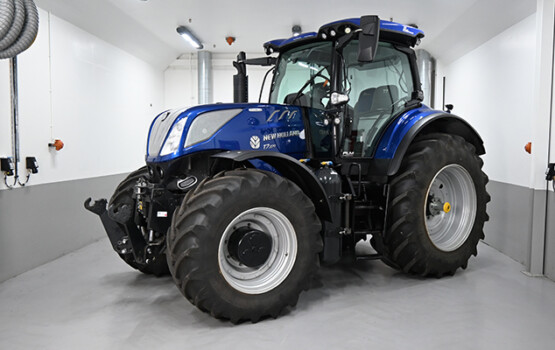Portal for more climate-friendly mobility
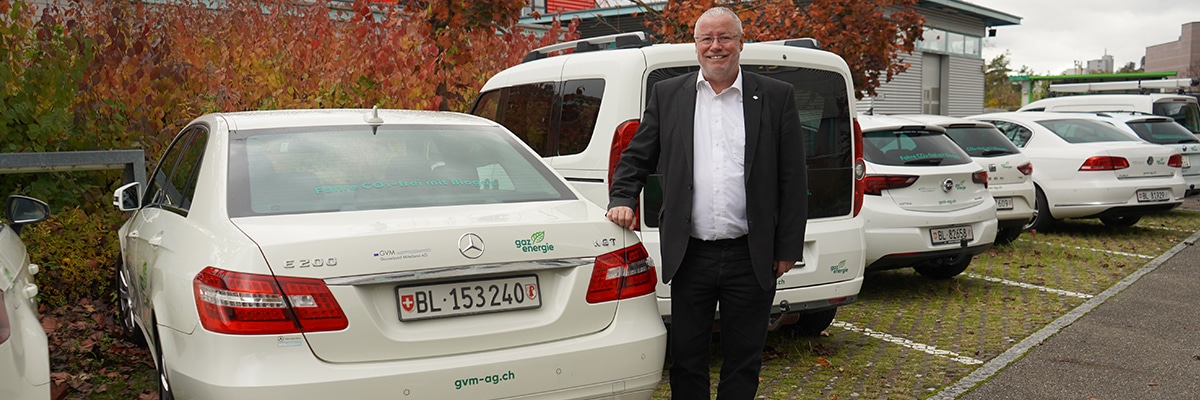
Seeing gas as part of the solution
He is one of the most influential figures in Swiss CNG mobility: Hans Wach. He made the climate-friendly engine type which, thanks to biogas in the engine, enables virtually CO2-neutral mobility, socially acceptable in Switzerland. After more than 20 years at the helm of Gasverbund Mittelland AG, he has now retired. CNG-Mobility.ch took advantage of this opportunity to look back, but also into the future, with the sailing fan and CNG mobility promoter.
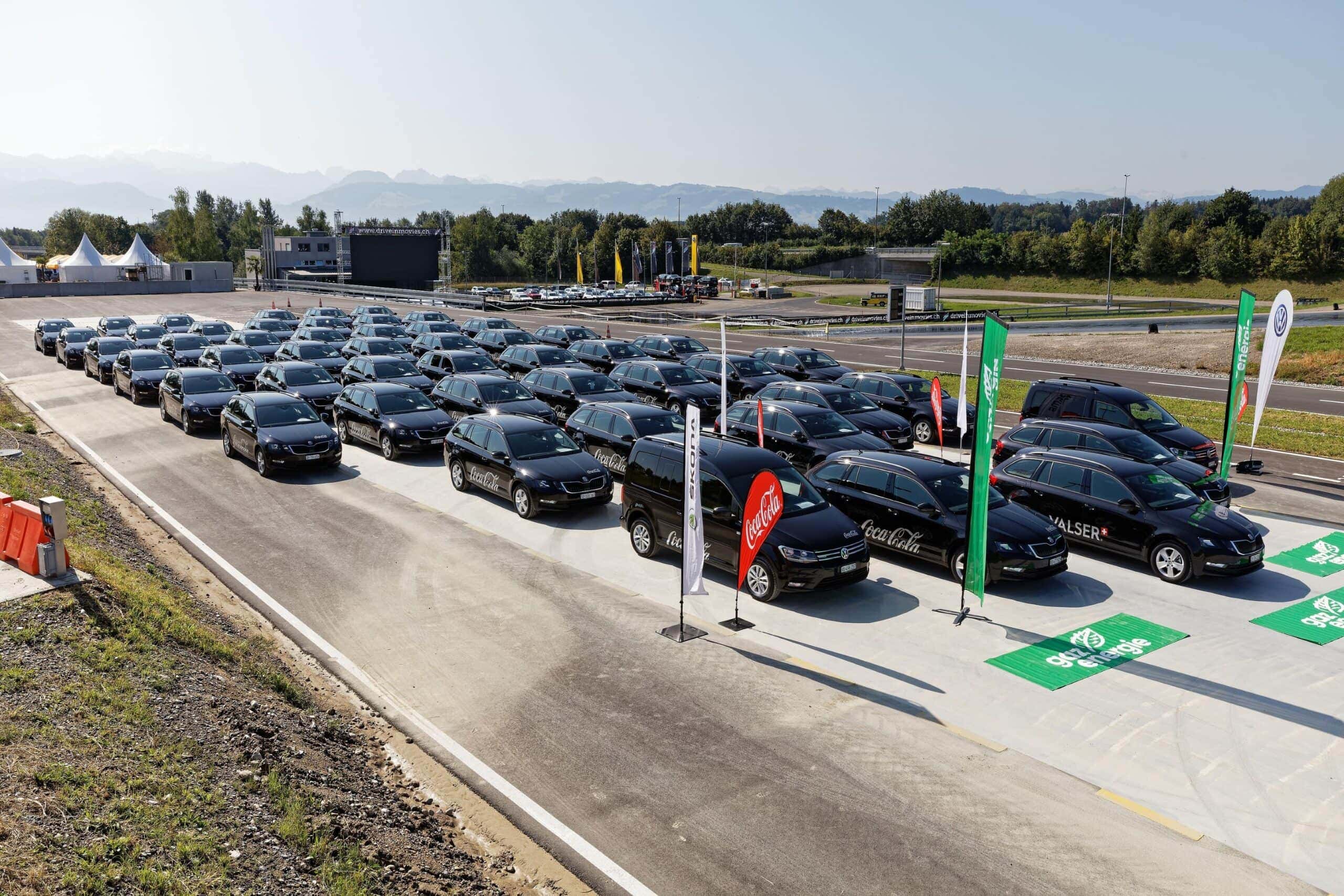 Coca-Cola has one of the largest fleets of CNG-powered passenger cars in Switzerland. Source: Amag/Coca-Cola
Coca-Cola has one of the largest fleets of CNG-powered passenger cars in Switzerland. Source: Amag/Coca-Cola
“We hardly sell any CNG cars in Switzerland any more, that’s true,” admits Hans Wach, the outgoing managing director of Gasverbund Mittelland AG, at the start of the conversation, but immediately clarifies his statement. “But only because CNG vehicles are not offered or cannot be delivered. If they were touted, just like other vehicles and engines, things would be different.” The pioneering CNG promoter and co-founder of gasmobil AG must know what he’s talking about: for more than 20 years, he was the driving force behind the climate-friendly technology that makes it possible to drive in a virtually CO2-neutral manner thanks to biogas in the engine.
Wach assumes that the range of CNG engines in the most common volume production cars and light commercial vehicles could still give Swiss CNG mobility a boost today. “However, this offer would have to be launched simultaneously with the other engine variants when the model is changed. If you then advertise it, for example, CNG mobility would have a good chance, because the technology is sophisticated and reliable – just like the cars,” Wach says. “But importers now want to sell electric cars. These are included in the fleet balance as a zero CO2 value – even if that’s a whitewashed view.” Importers are already having to pay massive penalties today, and an electric car that generates 0 g of CO2 is therefore simply in demand and almost indispensable for them.
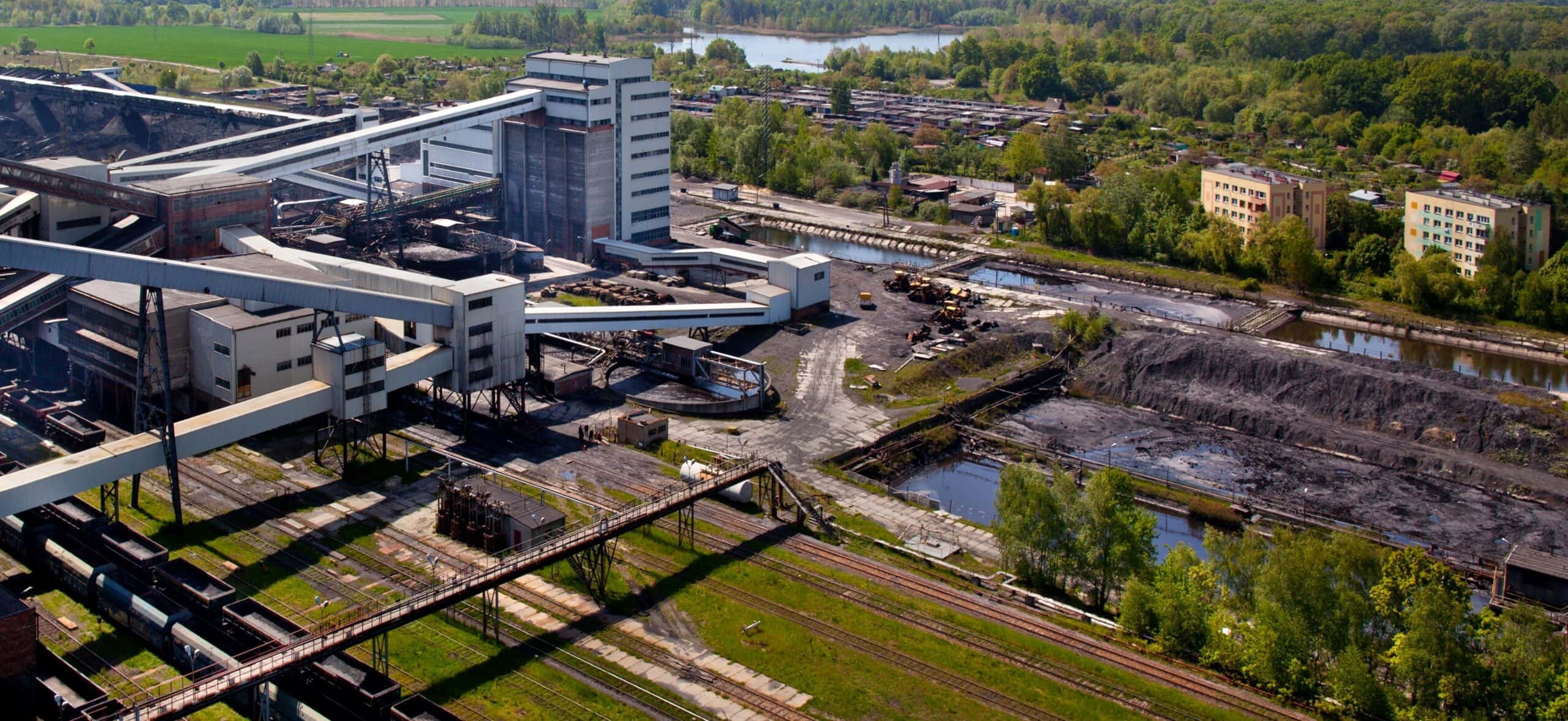 The Polish coal mine of Jastrzębska Spółka Węglowa S.A. Source: Dawid Lach
The Polish coal mine of Jastrzębska Spółka Węglowa S.A. Source: Dawid Lach
“This is the key driver in favour of e-mobility. In contrast, the CNG model has to show real CO2 values,” notes Wach. “It’s just that nature doesn’t calculate a CO2 footprint from the battery to the wheels, but instead calculates one from the cradle to the grave. In other words, from the extraction of raw materials to production, use and disposal, and then the electric car is no better off than a biogas vehicle.” This is shown by studies by Empa and the Paul Scherrer Institute. If vehicles use renewable energy sources, which is possible for both gas and electricity, they would be more or less the same in terms of the emissions balance. “Both are at around 30 to 40 g of CO2/km – it’s virtually impossible to achieve lower values than this. But policymakers are now riding on the electric wave, and the EU will probably continue to do so, even if it now seems to accept e-fuels,” explains the long-standing GVM managing director. “Everything is much simpler when it comes to electric vehicles. Even an electric car in Poland that has been proven to run on 80% coal-fired electricity will be offset against 0 g of CO2.”
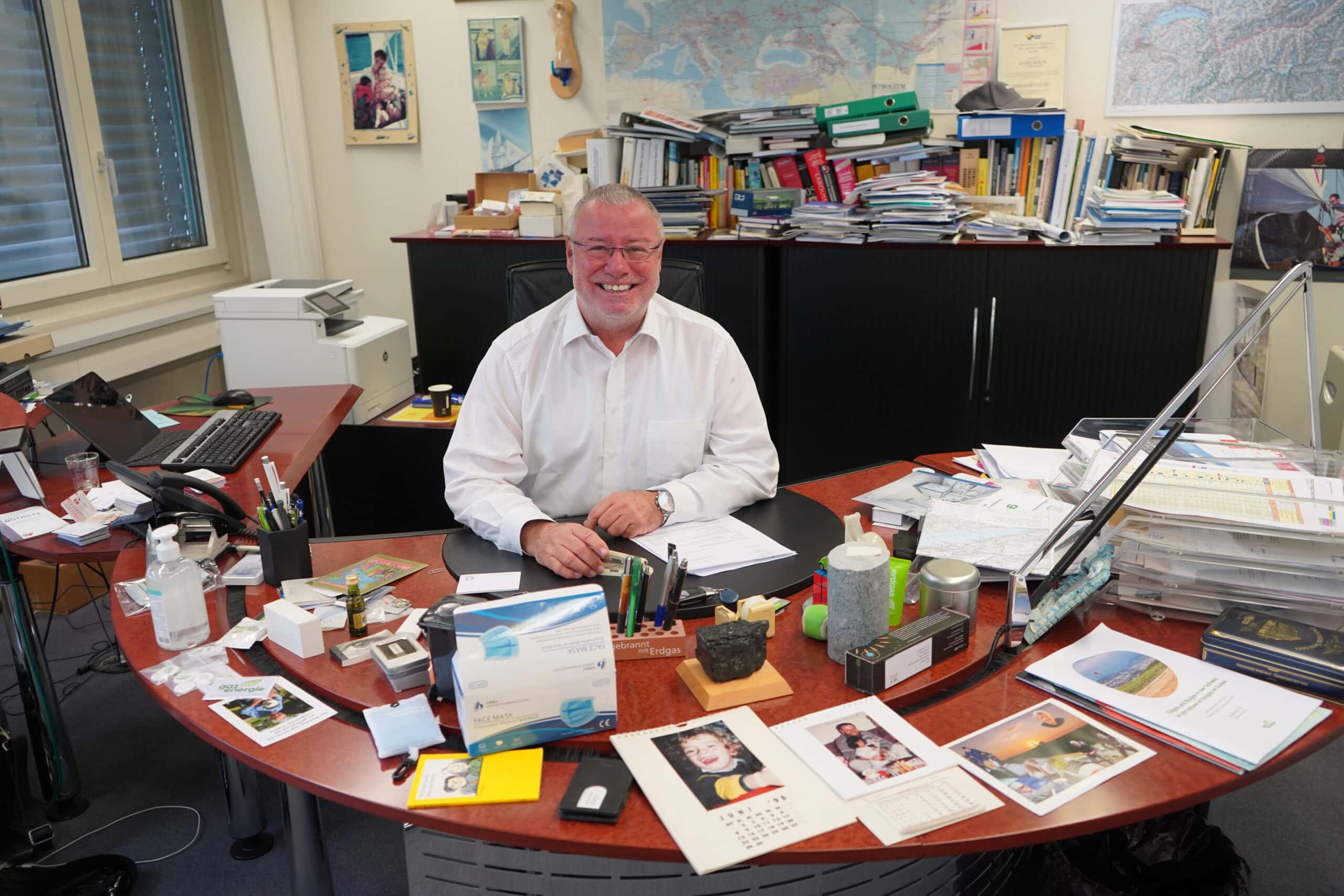 Hans Wach in his office at Gasverbund Mittelland AG in Arlesheim. Source. CNG-Mobility.ch
Hans Wach in his office at Gasverbund Mittelland AG in Arlesheim. Source. CNG-Mobility.ch
Even if Wach currently sees a gloomy future for passenger cars with a CNG engine, he still has hope for mobility with CNG and biogas. “Our opportunity lies in commercial vehicles, especially the heavy ones. The topic of electrics is more complex here, whether in terms of battery size and weight or the requirements relating to the charging infrastructure.” Here, a truck with a CNG or LNG engine definitely has potential. Even the VW Group has recognised this, especially when using biogas or liquefied biogas (LBG). Freight transport is also attractive for gas suppliers, as a truck consumes about the same amount of gas as twelve single-family homes. “A positive development in favour of CNG mobility can be seen here. In addition, the five Migros Basel trucks, for example, run on 100% biogas – that’s real progress!”
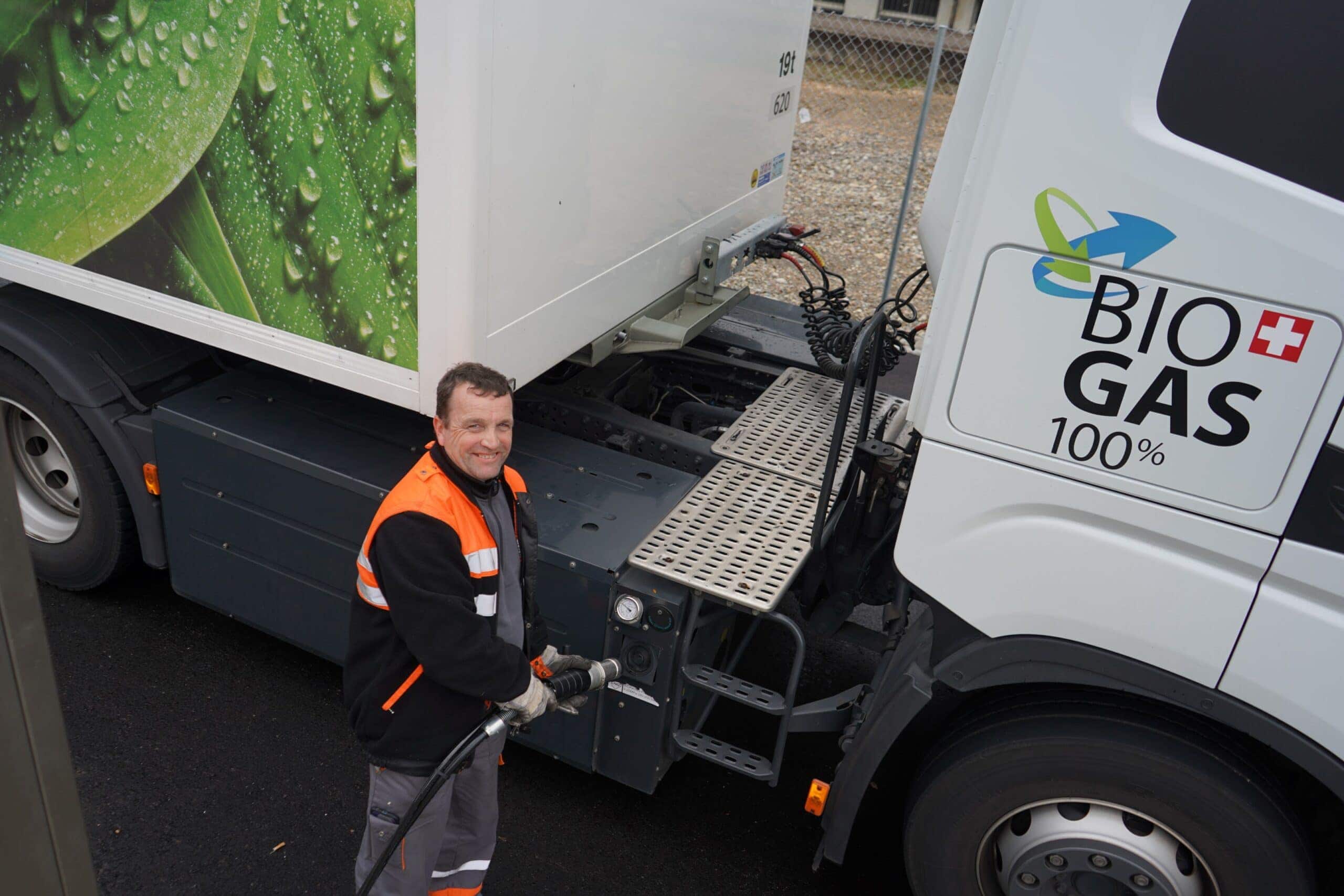 A chauffeur at Migros Basel fills up with biogas, thus driving in a virtually CO2-neutral manner and helping to close loops. Source: CNG-Mobility.ch
A chauffeur at Migros Basel fills up with biogas, thus driving in a virtually CO2-neutral manner and helping to close loops. Source: CNG-Mobility.ch
Hans Wach explains: “It is now important to invest in Swiss biogas production in order to meet future demand. Mobility has always been at the heart of biogas production and has been its most important driver. The biogas trucks will therefore probably lead to a further expansion of Swiss biogas production.” The potential of biomass utilisation in Switzerland is still far from being exploited. This was also the conclusion reached by a study by the Swiss Federal Institute for Forest, Snow and Landscape Research WSL. It saw the long-term potential of biomass – excluding wood – at almost 50 billion joules, which corresponds to about five to six terawatt hours of processed biomethane. “At GVM, we encourage our shareholders to invest in biogas plants. Because to become active as GVM itself would mean that everyone always invests in biogas production via the shareholder ratio,” explains the outgoing GVM managing director.
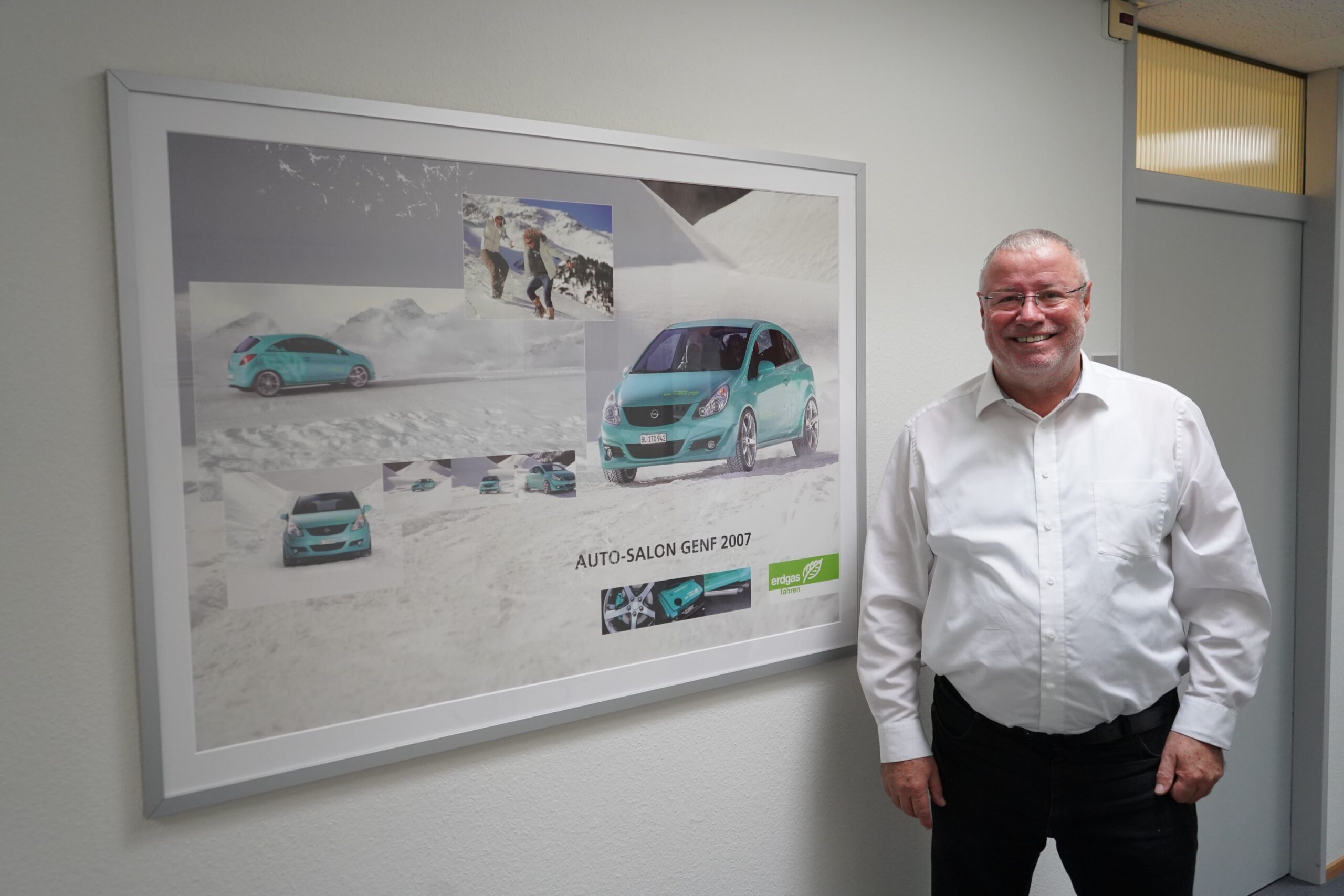 Hans Wach’s presence at the Geneva Motor Show of CNG models and CNG-powered concept cars by automotive visionary Frank M. Rinderknecht provided a boost and a lot of attention for the climate-friendly drive system. Source: CNG-Mobility.ch
Hans Wach’s presence at the Geneva Motor Show of CNG models and CNG-powered concept cars by automotive visionary Frank M. Rinderknecht provided a boost and a lot of attention for the climate-friendly drive system. Source: CNG-Mobility.ch
“We therefore helped to launch a new company through which this can be done and which other investors outside the GVM supply area could also join.” So Swiss biogas production is to be boosted, but what about LBG? After all, liquefied biogas would be particularly attractive for international heavy goods traffic due to the longer range it offers a truck. “It would have to be imported in the short term. Renewable LNG could be delivered quite quickly to the three current LNG filling stations – a mix is also conceivable. From a technical point of view, it doesn’t matter which source the energy for the LNG vehicle or CNG car comes from,” ponders Hans Wach.
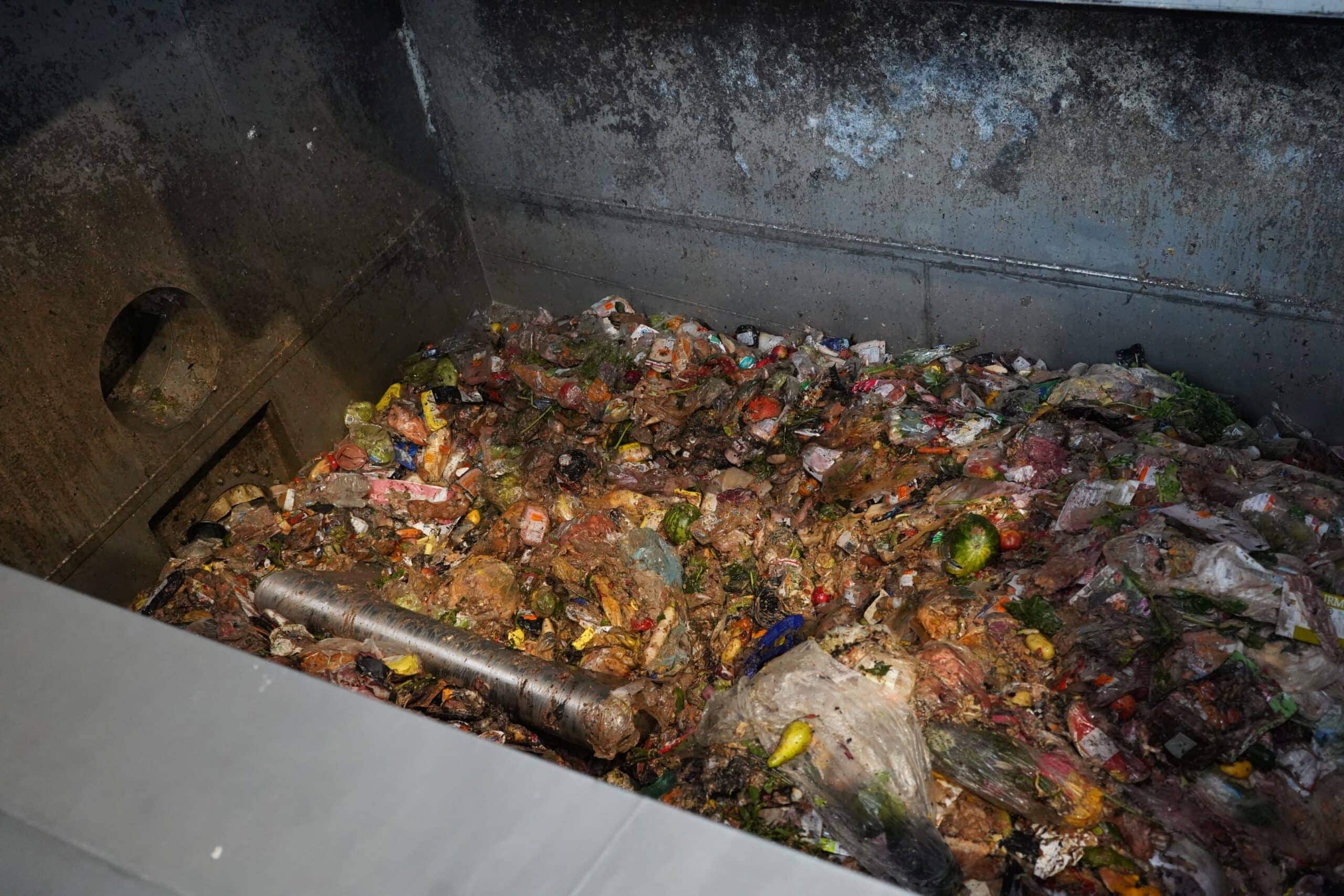 Biomass that, instead of being burned in an MSWI, can still be used for the production of biogas. Source. CNG-Mobility.ch
Biomass that, instead of being burned in an MSWI, can still be used for the production of biogas. Source. CNG-Mobility.ch
“However, liquefaction of biogas is certainly also an issue for Switzerland. By no means is all biomass produced at a reasonable distance from the gas network. The liquefaction of the biogas would be an interesting solution, especially in stand-alone systems without a network connection. This could be combined perfectly with the processing of the raw biogas,” explains the expert. This is because the liquid CO2 also produced in this way could at least be used for air-conditioning or as a raw material for synthetic fuels, for example. Wach chuckles meaningfully and adds: “This is absolutely feasible, but you also have to want it. However, we in Switzerland currently have politicians who believe that electrification can be used to solve and implement everything. Unfortunately, they still see gas as part of the problem and not as part of the solution.”
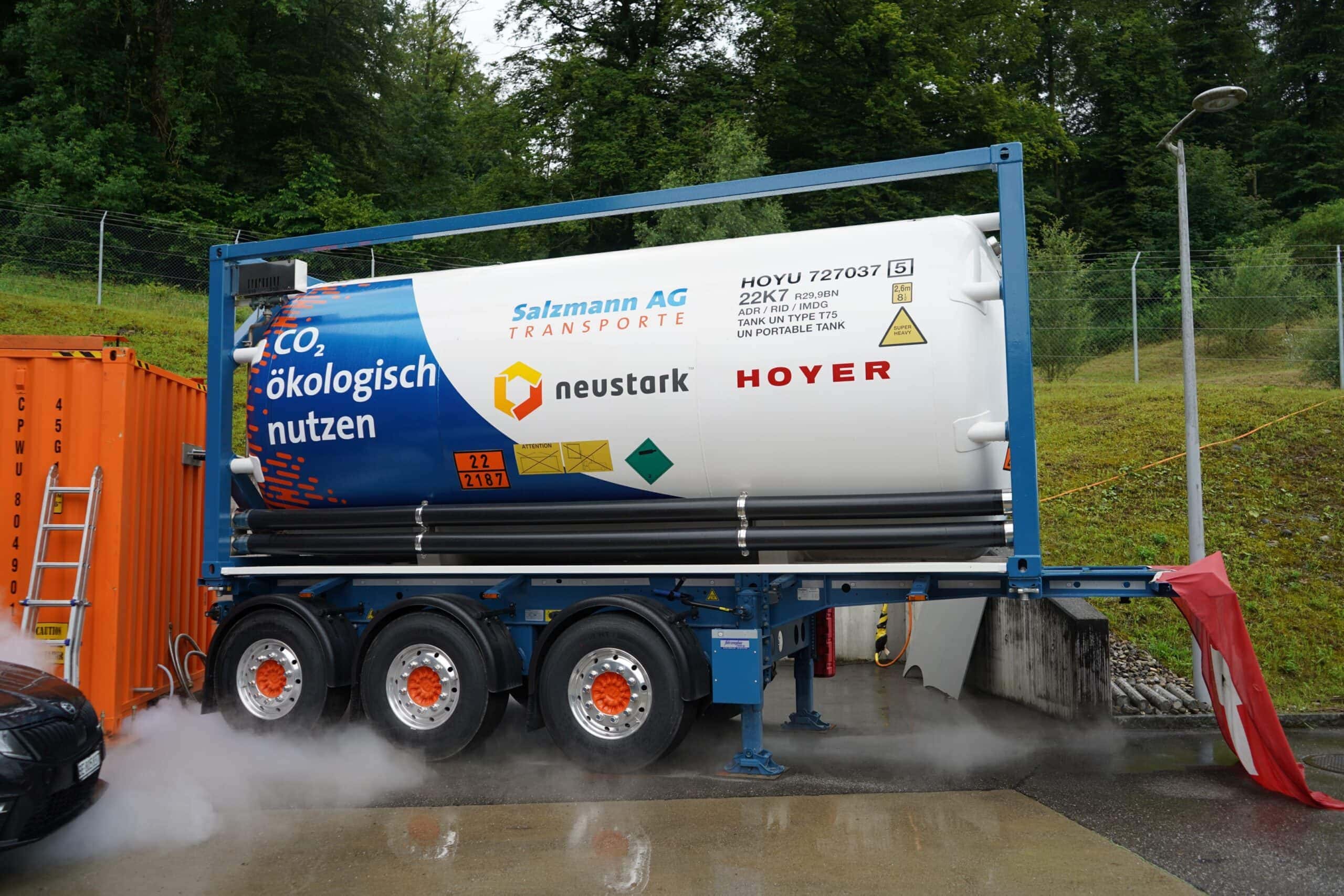 In the Ara Region Bern, CO2 already produced during biogas production is captured for further processing in the construction sector. Source: CNG-Mobility.ch
In the Ara Region Bern, CO2 already produced during biogas production is captured for further processing in the construction sector. Source: CNG-Mobility.ch
Above all, however, the energy expert sees no solution for overcoming the winter power gap with renewable sources alone. “During the transition phase, we will still need fossil gas and then increasingly renewable gas, including biogas,” says Hans Wach with conviction and refers to Denmark, where this has already been recognised. “There, biogas production increased from virtually zero to five-and-a-half terawatt hours in around six or seven years – mainly from agricultural waste. The whole process is no walk in the park, but even in Switzerland there will be no getting around investing in and promoting biogas production.” (jas, 18 January 2022)
Read also the first part of the interview with Hans Wach “Full throttle with Rinspeed” and the third part “Subsidies or quotas?”.
You might also be interested in
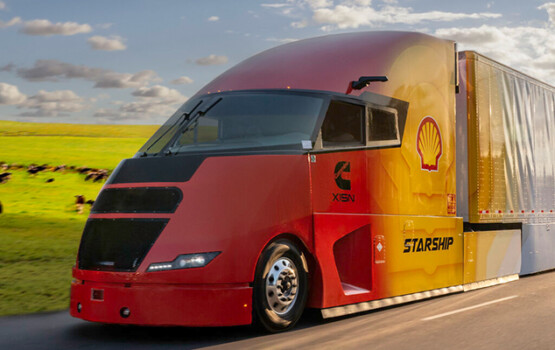
Shell Starship on record hunt
